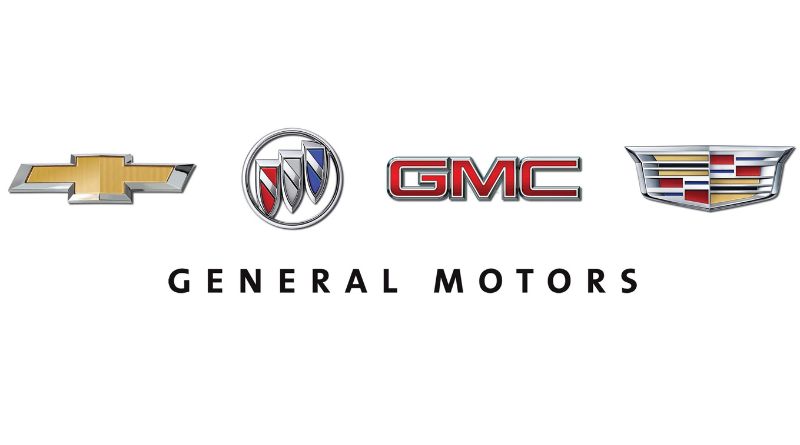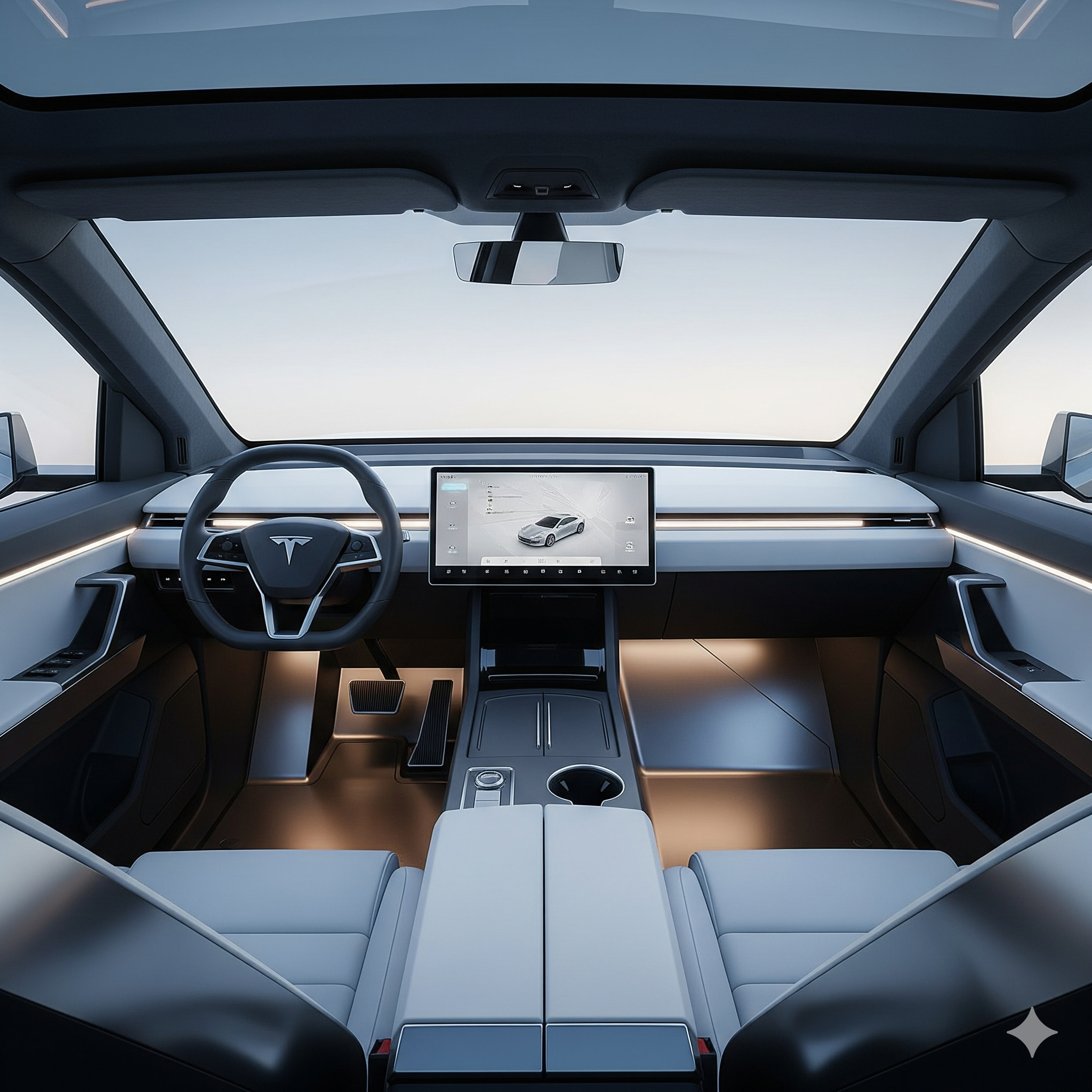Introduction: The Legacy and Impact of General Motors
General Motors (GM) has long been a cornerstone of the automotive industry, shaping the way the world drives and revolutionizing the world of technology, safety, and sustainability. Founded in 1908 by William C. Durant, GM quickly grew into a global powerhouse that expanded its influence beyond just cars and trucks. With brands like Chevrolet, GMC, Cadillac, and Buick under its belt, General Motors has stood as a symbol of American innovation and manufacturing prowess.
Throughout its history, General Motors has been at the forefront of numerous technological advancements in the automotive sector. From pioneering electric vehicle (EV) development to introducing cutting-edge safety features, GM has consistently driven the industry forward, constantly pushing boundaries and striving for excellence. This article explores the fascinating journey of General Motors, the innovations it has introduced, and how the company continues to lead in an ever-evolving market.
The Early Days: A Foundation Built on Innovation
When General Motors was established in 1908, it wasn’t simply a company selling cars — it was a movement that brought together a collection of companies under one banner, each focused on advancing the automobile industry. In its early years, GM’s primary goal was to improve the quality and affordability of automobiles, allowing for mass adoption by the public.
One of GM’s most significant early achievements was the introduction of the Cadillac in 1902. The Cadillac brand quickly became synonymous with precision engineering, durability, and luxury. In fact, Cadillac was the first car manufacturer to mass-produce vehicles using interchangeable parts, a groundbreaking innovation at the time. This approach set the standard for the entire automotive industry and established GM as a leader in manufacturing excellence.
The Evolution of General Motors: From Strength to Strength
As the years passed, GM expanded and diversified its offerings. The company became known for its ability to adapt to changing market conditions, introduce new models, and respond to consumer demands. By the 1920s, General Motors had established itself as a dominant player, with its brands selling millions of cars across the world.
The introduction of the Chevrolet brand in 1911 was a turning point for the company. The brand’s affordable models helped make automobiles accessible to the average American, further boosting GM’s reputation as a company that understood the needs of the general public. Over the decades, GM would continue to expand its reach by acquiring other car manufacturers and investing in technological advancements that kept it ahead of competitors.
In the 1950s and 1960s, General Motors cemented its place in automotive history with the launch of some of its most iconic vehicles, such as the Chevrolet Corvette and the Cadillac Eldorado. These models not only showcased GM’s technical expertise but also its flair for creating cars that were both stylish and powerful. This era marked the golden age of American automotive design and engineering, with GM leading the charge.
General Motors and the Shift Toward Sustainability
In the latter half of the 20th century, however, the automotive industry faced new challenges. The 1970s oil crisis led to an increased demand for fuel-efficient cars, which forced GM to rethink its approach to car manufacturing. Additionally, the environmental movement began to gain traction, pushing for the development of cleaner, more sustainable vehicles.
By the 1990s, GM began investing heavily in new technologies, such as electric and hybrid vehicles, in order to meet both environmental and consumer demands. The introduction of the Chevrolet Volt in 2010 was a significant milestone in GM’s push toward more sustainable solutions. The Volt was one of the first plug-in hybrid electric vehicles (PHEVs) to enter the mass market, offering consumers a taste of what the future of transportation could look like.
General Motors and the Electric Revolution
As the world increasingly turns its attention toward renewable energy and reducing carbon emissions, General Motors has positioned itself as a leader in the electric vehicle (EV) revolution. With companies like Tesla dominating the EV market, GM recognized the importance of quickly adapting and investing in electric technology. In 2021, GM announced its commitment to becoming a fully electric company by 2035, marking a bold and decisive move toward a more sustainable future.
The company’s flagship electric vehicle, the Chevrolet Bolt EV, represents GM’s vision for affordable, high-quality electric cars. The Bolt, introduced in 2016, boasts a long range and practical design, making it an attractive option for drivers who want to embrace electric driving without sacrificing convenience or performance. Additionally, GM’s Ultium platform, unveiled in 2020, is a flexible architecture designed to support a wide range of electric vehicles, from compact cars to heavy-duty trucks. This platform is a key part of GM’s plan to produce 30 new electric vehicles globally by 2025.
The company’s electric ambitions go beyond just consumer vehicles. GM is also focused on transforming the commercial and fleet sectors with its electric solutions. Its electric delivery van, the BrightDrop EV600, is a prime example of how GM is helping to reduce emissions across various industries. BrightDrop, a new business unit within GM, aims to help large companies like FedEx transition to zero-emission vehicles and achieve their sustainability goals.
General Motors and Autonomous Driving: A Glimpse into the Future
Alongside its commitment to electric vehicles, GM has also been working diligently to make self-driving cars a reality. The company has made significant investments in autonomous driving technology through its subsidiary, Cruise. Founded in 2013, Cruise has quickly emerged as a key player in the race to develop fully autonomous vehicles (AVs). GM’s investment in Cruise is a clear indication of its belief in the potential of autonomous driving to transform the way we travel.
Cruise’s autonomous vehicles are already undergoing testing in various cities, with plans to offer a fully driverless service in the near future. By leveraging its expertise in automotive design, software development, and AI technology, GM aims to create a safer, more efficient, and more sustainable transportation system. Autonomous vehicles, combined with electric drivetrains, have the potential to revolutionize the way we think about mobility, reducing traffic congestion, lowering emissions, and improving safety.
Innovation and Technology at General Motors: A Culture of Advancement
General Motors’ success over the years can be attributed to its unwavering focus on innovation. The company has made significant advancements in automotive technology, from safety features to infotainment systems. For example, GM’s OnStar system, introduced in the 1990s, was one of the first to offer in-car emergency services, navigation, and diagnostics, setting the stage for modern connected car technologies.
The introduction of the Super Cruise system in 2017 was another leap forward in automotive innovation. Super Cruise is an advanced driver assistance system (ADAS) that enables hands-free driving on certain highways. This technology uses a combination of cameras, sensors, and GPS to safely navigate the vehicle, representing a major step toward the realization of autonomous vehicles. GM continues to refine this technology and expand its availability across more models.
The company’s commitment to innovation is also evident in its work on hydrogen fuel cells and advanced battery technology. General Motors has partnered with companies like Honda to develop next-generation fuel cell technology, which could provide an alternative to battery electric vehicles in certain applications, such as heavy-duty trucks and commercial vehicles. By exploring multiple avenues of clean energy, GM is positioning itself as a leader in the future of sustainable transportation.
Conclusion: General Motors’ Vision for the Future
As we look to the future, General Motors is poised to continue its legacy of innovation and leadership. With a strong focus on electric vehicles, autonomous driving technology, and sustainable practices, GM is shaping the future of the automotive industry in exciting new ways. The company’s bold commitment to a zero-emissions future and its ongoing investments in cutting-edge technologies demonstrate that General Motors is not just keeping pace with change — it is driving it.
From its humble beginnings to its present-day status as a global automotive giant, GM has always been driven by a desire to improve the driving experience and make the world a better place. As the automotive industry continues to evolve, General Motors will undoubtedly remain at the forefront of innovation, continuing to lead the way toward a cleaner, safer, and more connected world.
Final Thoughts: A Legacy of Excellence and Innovation
General Motors has a long and storied history, but its future is even brighter. With a firm commitment to sustainability, technology, and innovation, GM is well-equipped to lead the automotive world through the 21st century and beyond. Whether it’s producing the next generation of electric vehicles, advancing autonomous driving technology, or creating new mobility solutions, General Motors is driving the future forward — one innovation at a time.




Leave a Reply